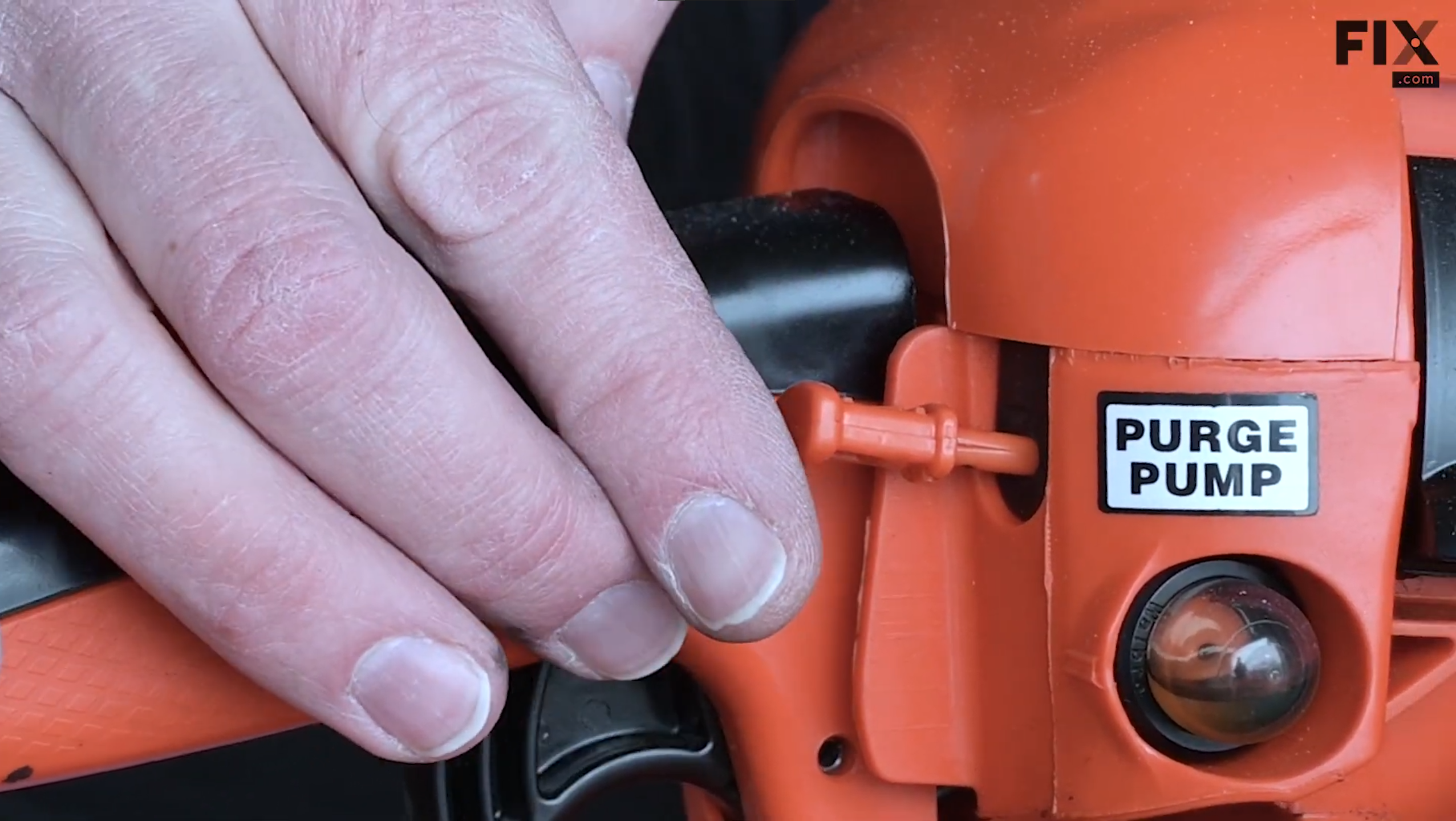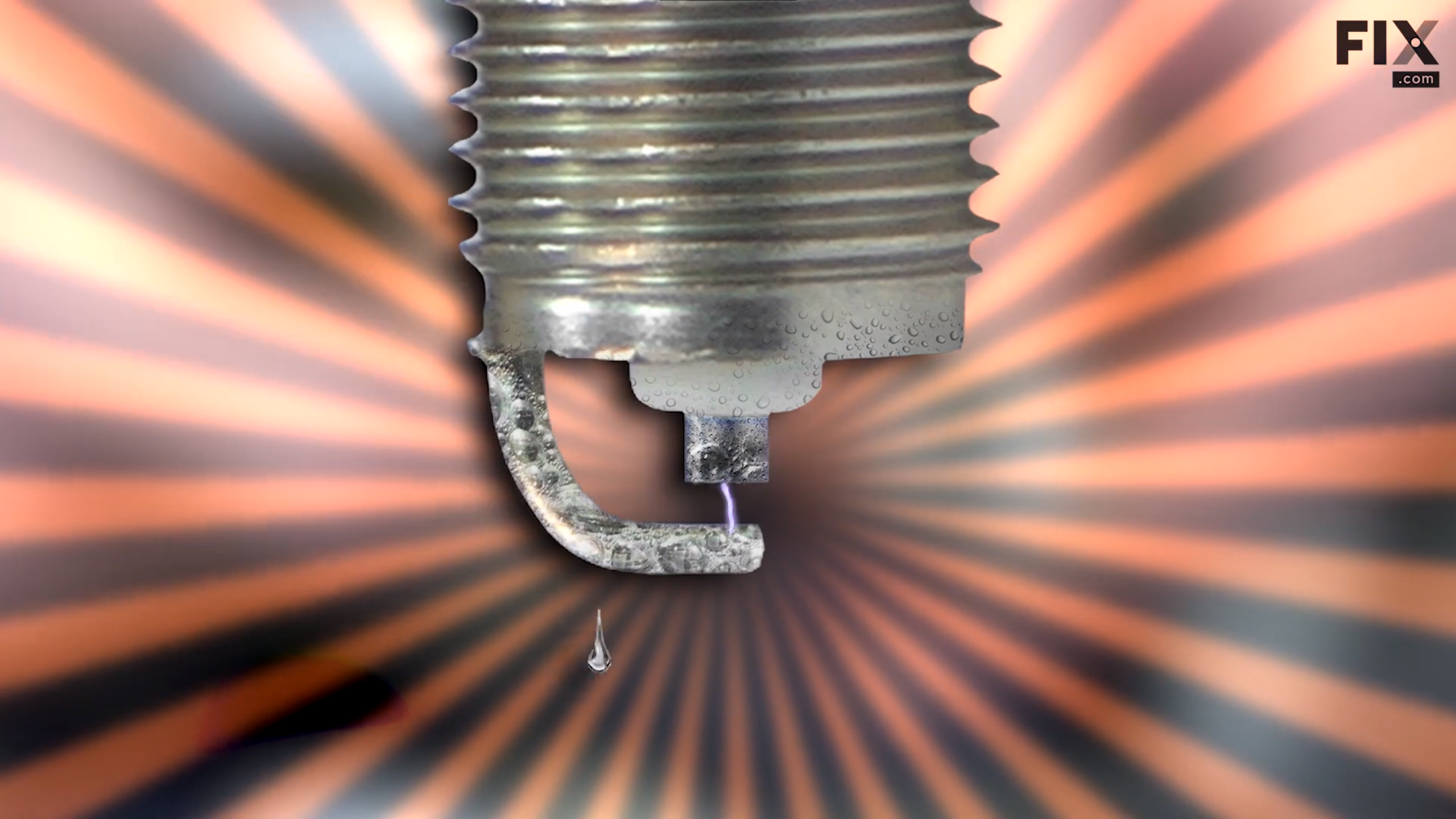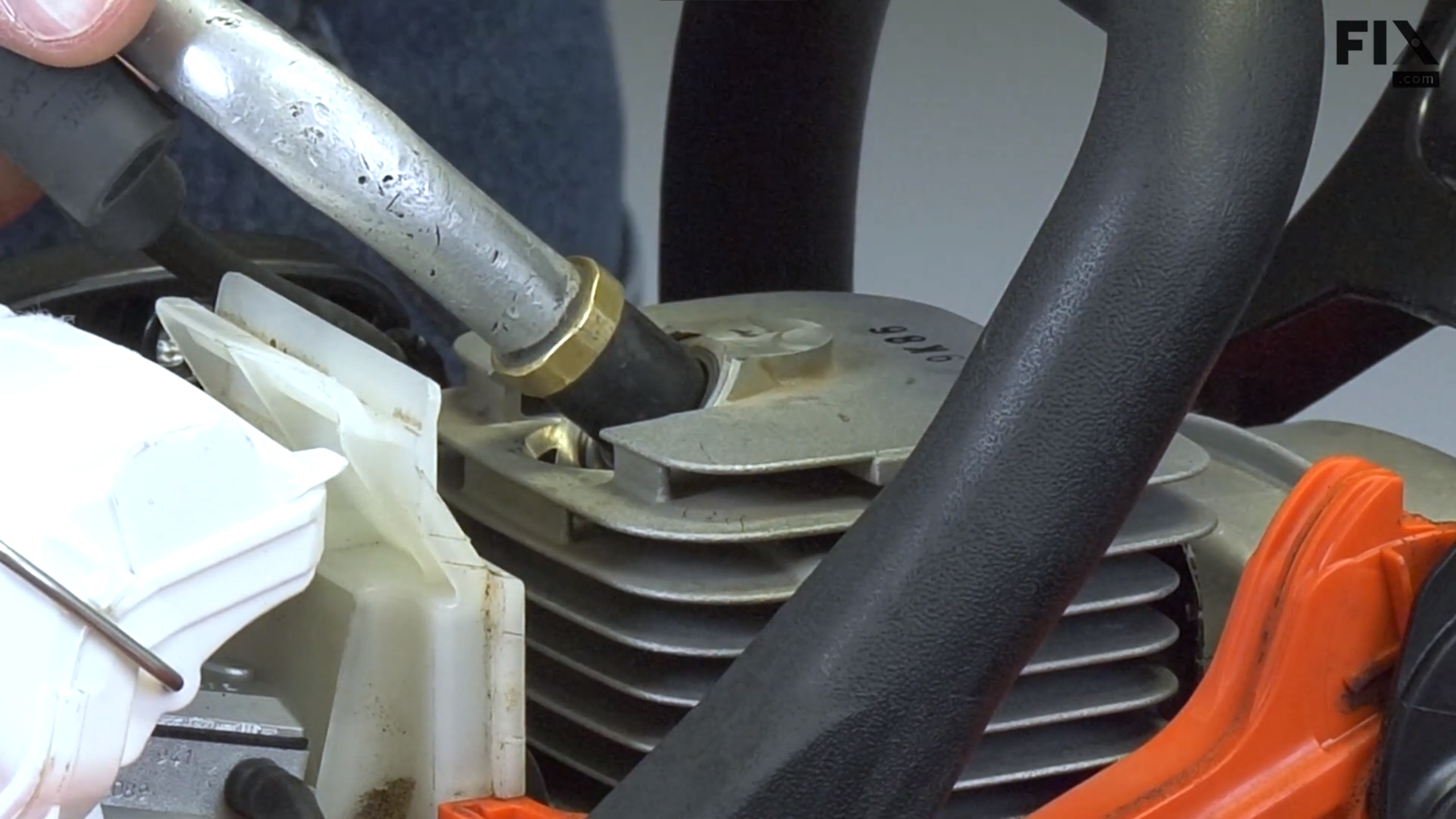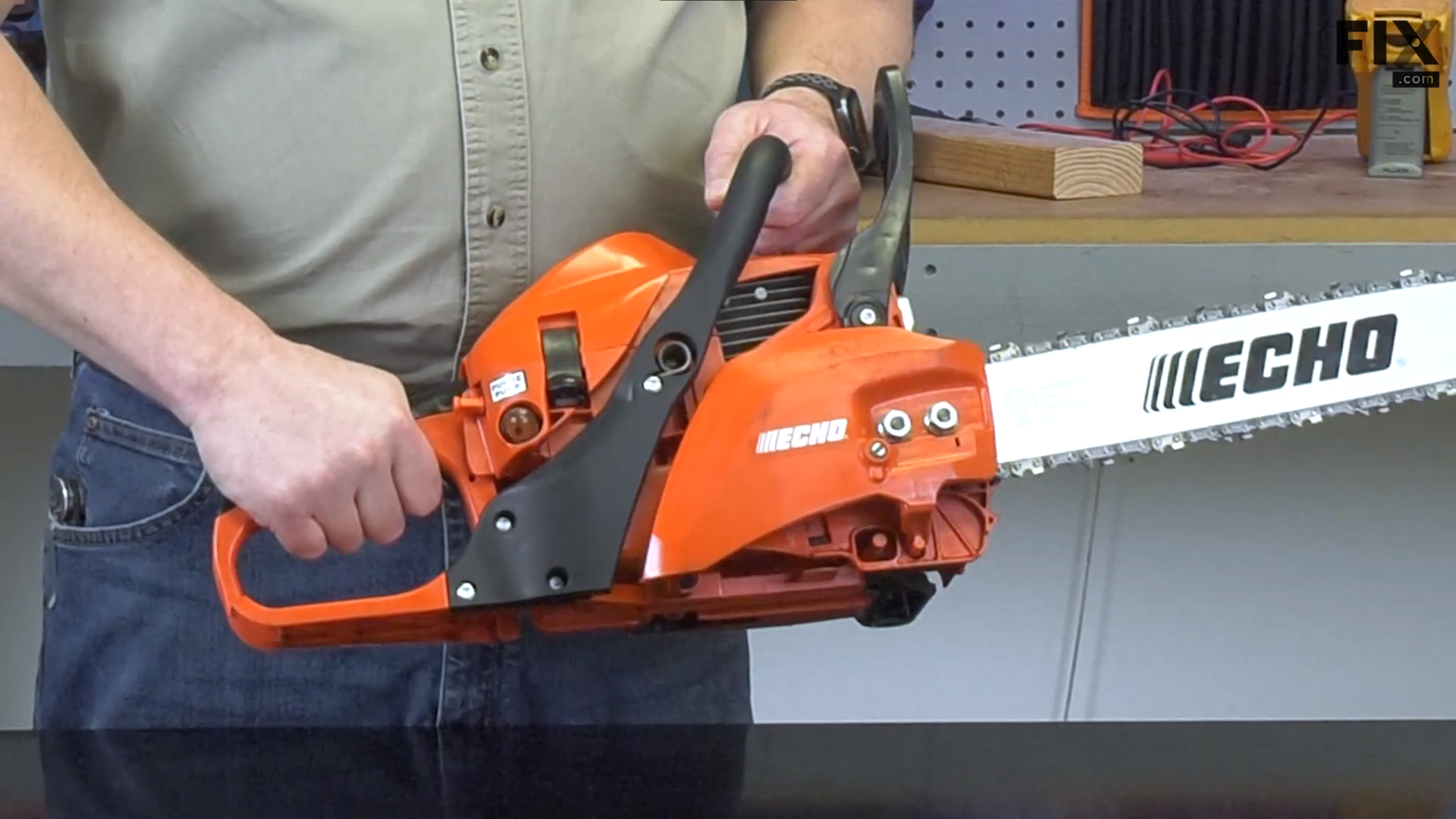How to Start a Flooded Chainsaw
A flooded engine is never fun!
From time to time, your chainsaw’s engine can get flooded with fuel, which leads to you not being able to, or it having a lot of difficulty with starting it. This can completely wreck the starting of your chainsaw, but luckily we have the answer to help you get it back and running!
What is a 'Flooded' Engine?
The whole idea of an engine that's become flooded is that too much fuel has made its way into the engine’s cylinder during startup, to the point where you won’t be able to start the engine. This happens because the electrodes between the spark plug are filled, which means no spark, and no startup. To get your chainsaw to start, you’ll need to find a way to get the excess fuel out – and we have what you need to do just that!
The Proper Way to Start a Chainsaw
For the sake of helping you do a sanity check to make sure you're starting your chainsaw properly before we get to the flooding, we've prepared a guide for you below just so you can check if you're following proper procedure when starting your chainsaw.
- Turn on the ignition.
- Close the choke.
- Prime the engine by pressing the purge bulb several times. The purge bulb appears as a clear rubber ball on the side of your chainsaw. You cannot ‘over-prime’ the engine, so don’t worry about pushing it too many times.
- Pull the starter cord until the engine fires and dies.
- Push the choke in and allow it to open. Allowing the choke to remain closed will restrict the air moving into the carburetor and fuel system, which results in a richer fuel mixture – but that’s only usually necessary when the engine is cold.
- With the choke open, pull the starter rope and the engine will fire normally and your chainsaw is good to use!

What If My Chainsaw Engine Floods?
So you've tried starting your chainsaw and it still will not start, despite whatever efforts you've made to get it going. Well, if the engine of your chainsaw floods, the first thing you need to do is open the choke. Since the choke can directly change how much fuel or air enters the engine, it’s important to limit the amount of fuel, so it doesn’t become flooded again. This usually happens during the initial attempt at starting your chainsaw between steps 4 and 5 in the starter guide above, where opening the choke allows for more air to enter the engine and properly mix with the fuel. But don't worry, we have a few things for you to try out to see if you can get that chainsaw up and running!
 Useful Tip!
Useful Tip!
Before you start any sort of repair or fix on your chainsaw or any sort of outdoor power equipment, make sure that you're supplying the equipment with the proper fuel. If you suspect it may not have the proper fuel, it's recommended that you drain the old fuel and fill it with the manufacturer-recommended fuel!
Force-Start Your Chainsaw
The first measure you can take to try to get excess fuel out of your chainsaw’s engine is by holding the throttle and pulling the starter rope, in hopes of it starting up. You may need to pull the rope several times, but if/when it does start, you’ll normally notice a slight plume of smoke from the excess fuel. This is nothing to worry about and is completely normal when the engine is flooded.
Use Compressed Air
Just like duct tape, with some compressed air, you can achieve almost anything! In this case, you can use compressed air to blow the excess fuel out of the cylinder through the spark plug port, and allow your chainsaw's engine to breathe!

- First, remove the top or side cover of your chainsaw to gain access to the spark plug.
- Unscrew and remove the spark plug with the appropriate wrench.
- Using an air compressor, blow away any fuel on/around the spark plug itself.
- Then, blow the air through the spark plug port with a rubber tip to remove any excess fuel through the muffler. Make sure when doing this that the air does not blow through the carburetor.
- After blowing the air through, reconnect the spark plug and the side/top cover of your chainsaw.
- Attempt to start the chainsaw again, the first time with the choke closed – and then again, but with the choke open.

The Flood is Over!
And just like that, your chainsaw’s engine should be good to go and no longer flooded! If your chainsaw still doesn’t start even after doing all of that, repeat both steps until your chainsaw starts. Everyone has a different make and model of chainsaw, so one step may work better than the other – but both will help get your chainsaw up and running! And if you find that you need any parts for your chainsaw, you can take a look at our wide-range of OEM chainsaw parts on our chainsaw part page!
